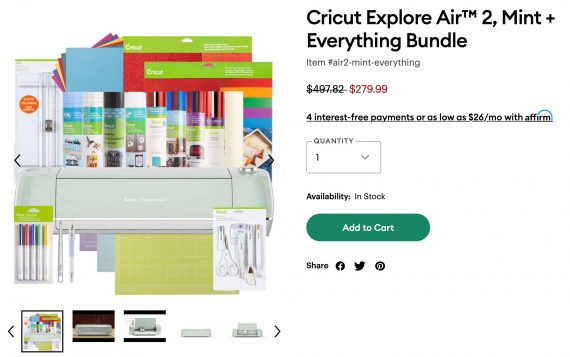Inflation continues to impact merchants and consumers. We’ve addressed reasons for price hikes, which include supply chain disruptions, overall demand, and how rising costs could harm direct-to-consumer brands.
Inflation alone may result in record-breaking declines during the 2022 holiday shopping season, especially for essentials and tech-reliant products. Higher packaging and delivery costs will make competing against the internet’s most prominent retailers more difficult.
But merchants can still profit. Cost-cutting tactics include streamlining customer support and opting for generic packing materials over custom. And critical revenue generators help consumers save money on gift-giving.
Holiday Revenue during Inflation
Volume pricing can be a win-win for consumers and retailers. Volume pricing can help shoppers save money while increasing average order values. And it doesn’t have to restrict buyers to the same product. Offering quantity-based discounts across categories or the entire website can reward loyal customers and attract new ones.
Consider, too, tiered pricing that adjusts discounts at various shopping cart thresholds. For example, buying $200 worth of product could trigger a 5% discount; $400 could trigger 10%. Party at Lewis, a retailer of special-occasion supplies, offers mix-and-match savings based on the total number of products.

Party at Lewis uses a tiered pricing model. Customers can mix and match 12 items for 10% off, 24 items for 15% off, and so on.
To be sure, not all products are suitable for bulk discounts. Thin-margin items are problematic, as are status-type goods that rely on a perceived value. Regardless, use clear language to explain how discounts work.
Launch reduced-price product kits. Offering items frequently purchased together, such as master products with accessories, simplifies the buying process and boosts order values. Even small discounts that offset sales tax help shoppers’ budgets. Cricut, a retailer of crafting goods, bundles its cutting machines with supplies.

Selling kits of products increases order values. Source: Cricut.
Introduce buy now, pay later options. BNPL services such as Klarna and Afterpay deliver funds to merchants quickly, less a fee, while allowing customers to pay over time. This “better than layaway” option — customers receive goods before making a payment — helps cash-strapped shoppers.
No-rush shipping. Consumers know that expedited shipping costs are on the rise. Using simple words such as “no rush” tells shoppers they can save on delivery fees if they’re willing to wait.
Build waitlists or accept “charge later” pre-orders. Many merchants list high-demand, unavailable products as merely “out of stock.” But creating a waitlist is a better practice. Then notify shoppers when the goods arrive or, even better, collect their payment information for automated restock shipments. Be sure to list lead times.
Offer loyalty-program members locked-in pricing. Trendy products will sell out quickly, resurfacing on auction sites and marketplaces at higher price points. Reward your most loyal customers by earmarking inventory.
Sell custom-amount gift cards. Rather than pushing fixed value gift cards, let shoppers decide the amount. They can then enter the cost of out-of-stock products and pop it into a greeting card with an image of the gift. Strategically place a “buy a gift card” link next to “out of stock” messaging.
Sell More
Some online sellers anticipate a lean holiday season in 2022. But if you start planning now, you can sell more than expected and expand your loyal following.



